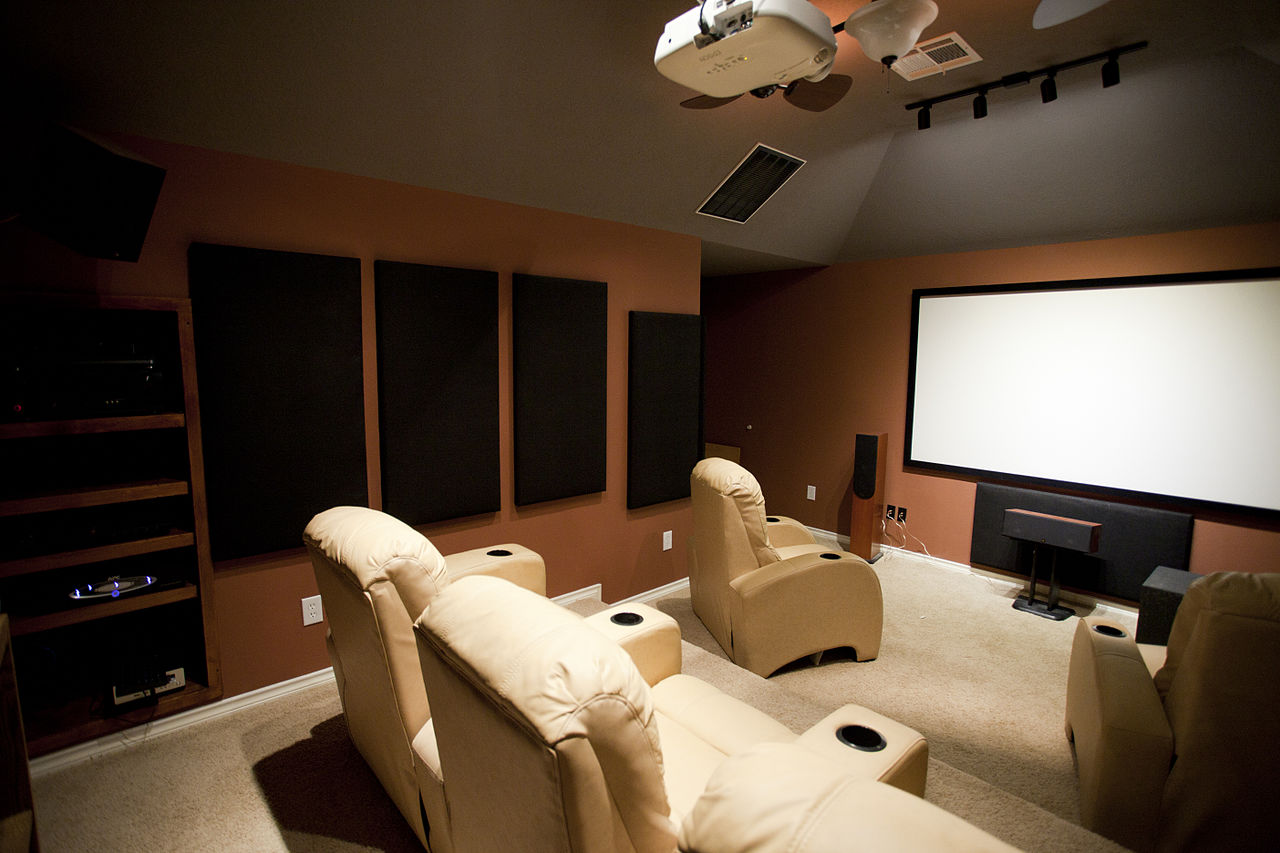
Modern home theaters are remarkable feats of video and audio engineering, and investing in the right system can ensure years of enjoyable time spent with family and friends. However, designing your system will require some planning, and installation can be a bit of a challenge. Here are a few tips for designing the home theater system of your dreams.
Determine Your Audio Needs
First, start with finding out which audio system works best with your space. Although it may be tempting to go with a 7.1 or greater system, typical home theater spaces may be better served with a 5.1 or 5.2 system instead. The theory behind audio can be complex, but adding more speakers may actually dampen the experience. Furthermore, object-based audio systems, such as Dolby Atmos and DTS:X, aren’t widely supported yet but may be worth the investment for their flexibility. Fortunately, most receivers today offer excellent capabilities, so focus on how much power you’ll need to reach an adequate volume level.
Plan Your Wiring
Although wireless audio options exist, wired solutions are far more convenient if you’re able to route your wiring seamlessly. Furthermore, you’ll need to power a number of components of your system, including your television, receiver, subwoofers and media devices. Consider finding an electrician to help with a home theater setup before purchasing components. Look for professional electricians at PacmanElectric.com services and similarly reputable companies. This ensures your room is optimally configured to start piecing together your home theater system.
Focus on Your Seating
Once you’ve determined what sort of audio capabilities you want, focus on your seating. Much like how seat placement in a movie theater can affect your enjoyment of a movie, so too will the placement of seats in your home theater. Find out where the audio sweet spot of your system will be and find appropriate seating options. If you plan on having more than one row of seats, make sure you can adequately elevate the back rows. Although theater-style individual seats can be tempting, they might be more restrictive than more typical sofa seating. Consulting with an expert can help.
Find the Right Television
While many people choose to conceal their televisions in the living room, a flat-screen or projector will be the centerpiece of your home theater setup. It’s one of the simplest purchases to make as manufacturers have excellent options at nearly all price points. Furthermore, upgrading a television is often simpler than upgrading your audio and seating. Note that many theaters still use 2K projectors, so 4K resolutions will provide excellent future-proofing for your system. Perhaps a greater priority to focus on is overall brightness and dynamic range. High dynamic range screens can show movies specifically re-mastered for taking advantage of this extended range, and the effect can be striking.
Finding the Right Lighting
Being able to dim your room is essential for creating a cinema-like experience, and this is especially true if you’re using a projector. However, you’ll likely want at least a bit of ambient lighting to make it easier for people to navigate your room while the movie is playing. A few dim mable lights can go a long way toward helping you give your theater room the right ambiance while still achieving the level of darkness you’ll need to make the screen pop.
Having a home theater is a great way to enjoy the latest content while spending time with family and friends. The investment can be significant, but a bit of planning can go a long way toward ensuring your home theater is one that will continue to impress for years to come.